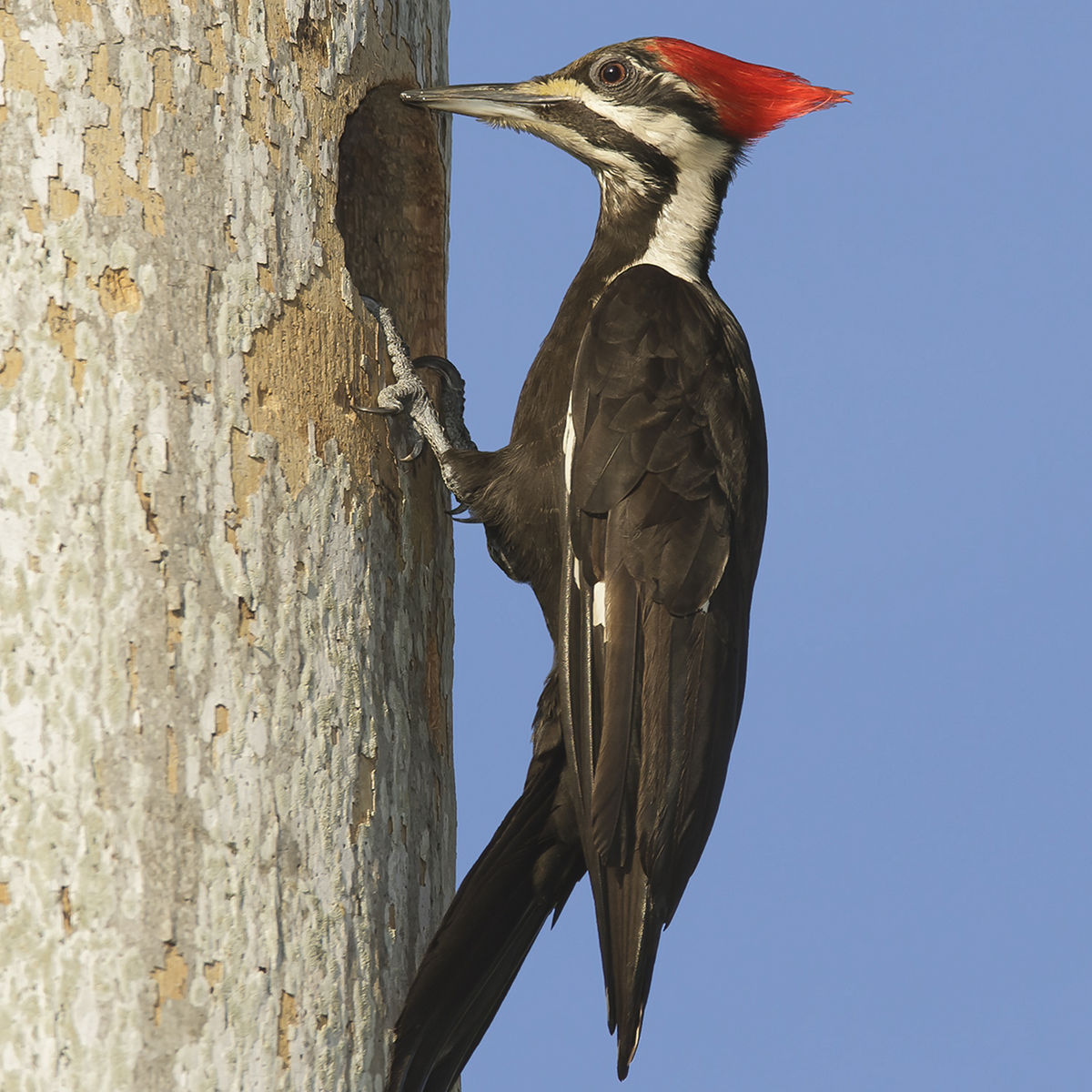Native Woodpeckers in Florida: A Guide to Variety and Behaviors
Discover the Remarkable World of Woodpeckers: Everything You Required to Know
The world of woodpeckers is a world filled with special behaviors, complex adjustments, and a diverse variety of species. From their habitats and circulation patterns to their feeding habits and specialized anatomical attributes, woodpeckers have actually long captivated the rate of interest of ornithologists and nature fanatics alike.
Woodpecker Habitats and Distribution
Woodpeckers populate a varied array of settings worldwide, showcasing flexibility in their circulation patterns. These resilient birds are found in forests, woodlands, savannas, and deserts across various continents, demonstrating their ability to flourish in different climatic conditions. In North America, as an example, woodpeckers can be spotted in both coniferous and deciduous forests, utilizing their solid beaks to forage for pests and develop nesting dental caries in trees. In Africa, particular woodpecker varieties have actually adapted to arid environments, such as the acacia timberlands, where they play a critical duty in managing insect populaces.

Feeding Behaviors and Diet
Woodpeckers utilize their solid beaks to pierce into the bark of trees, probing for bugs and larvae concealed under the surface. In enhancement to insects, woodpeckers additionally eat nuts, seeds, fruits, and sap.
Woodpeckers are recognized for their drumming actions, which serves not just to communicate with various other woodpeckers yet additionally to locate food. The quick drumming noise is produced by the bird pecking on resonant surfaces like dead trees or steel posts. This habits can attract pests concealed in the wood, allowing the woodpecker to identify their visibility and eat them.
One-of-a-kind Adjustments for Tree Climbing
In their adept pursuit of bugs concealed within tree bark, woodpeckers have actually advanced remarkable anatomical features that furnish them with special adjustments for reliable tree climbing. Woodpeckers have solid neck muscular tissues and go to website an unique skull structure that absorb the impact of constant pecking, allowing them to climb vertically without causing harm to their brains. These adaptations display the incredible evolutionary design that enables woodpeckers to browse trees with accuracy and performance.
Diverse Woodpecker Variety Worldwide
With over 200 various varieties spread across various environments worldwide, the family members of Picidae encompasses an impressive variety of woodpeckers. These birds can be located in woodlands, forests, savannas, and even urban areas, showcasing their flexibility to various atmospheres. From the famous Northern Flicker in North America Learn More Here to the colorful and evasive Crimson-backed Flameback in Asia, each woodpecker varieties displays distinct qualities in terms of tuft, actions, and habitat preference.
Woodpeckers vary greatly in dimension, with the diminutive Downy Woodpecker determining around 6-7 inches in length, while the effective Lineated Woodpecker can reach up to 17 inches - Woodpeckers in Florida. Their beaks also are available in various sizes and shapes, showing their feeding practices. Some species concentrate on drawing out insects from tree bark, like the Acorn Woodpecker, while others, a fantastic read such as the Black-cheeked Woodpecker, prey on fruits and seeds
:max_bytes(150000):strip_icc()/GettyImages-1094628502-a831e9c1be004c05b057f488ff819127.jpg)
Preservation Efforts and Challenges
Preservation efforts for woodpecker populaces are critical in reducing the effect of environment loss and various other hazards facing these diverse avian types. Woodpeckers deal with different obstacles to their survival, largely due to deforestation, urbanization, climate change, and invasive species. To deal with these problems, conservation efforts focus on securing and bring back woodpecker environments, carrying out lasting forestry practices, and raising awareness concerning the importance of these birds in ecosystems.
One significant obstacle in woodpecker preservation is the fragmentation of their environments, causing separated populations that are much more susceptible to extinction - Woodpeckers in Florida. Conservationists function to develop wild animals passages and safeguarded areas that attach these fragmented environments, enabling woodpeckers to move between various areas for feeding, breeding, and sanctuary
:max_bytes(150000):strip_icc()/GettyImages-1094628502-a831e9c1be004c05b057f488ff819127.jpg)
Conclusion
In final thought, woodpeckers are remarkable birds with unique adaptations for tree climbing and feeding behaviors. They can be discovered in diverse environments worldwide, dealing with preservation obstacles as a result of environment loss and human tasks. Understanding their habitats, diets, and behaviors is important for conservation efforts to secure these crucial bird species. Further research and conservation activities are required to make sure the survival of woodpeckers in the wild.